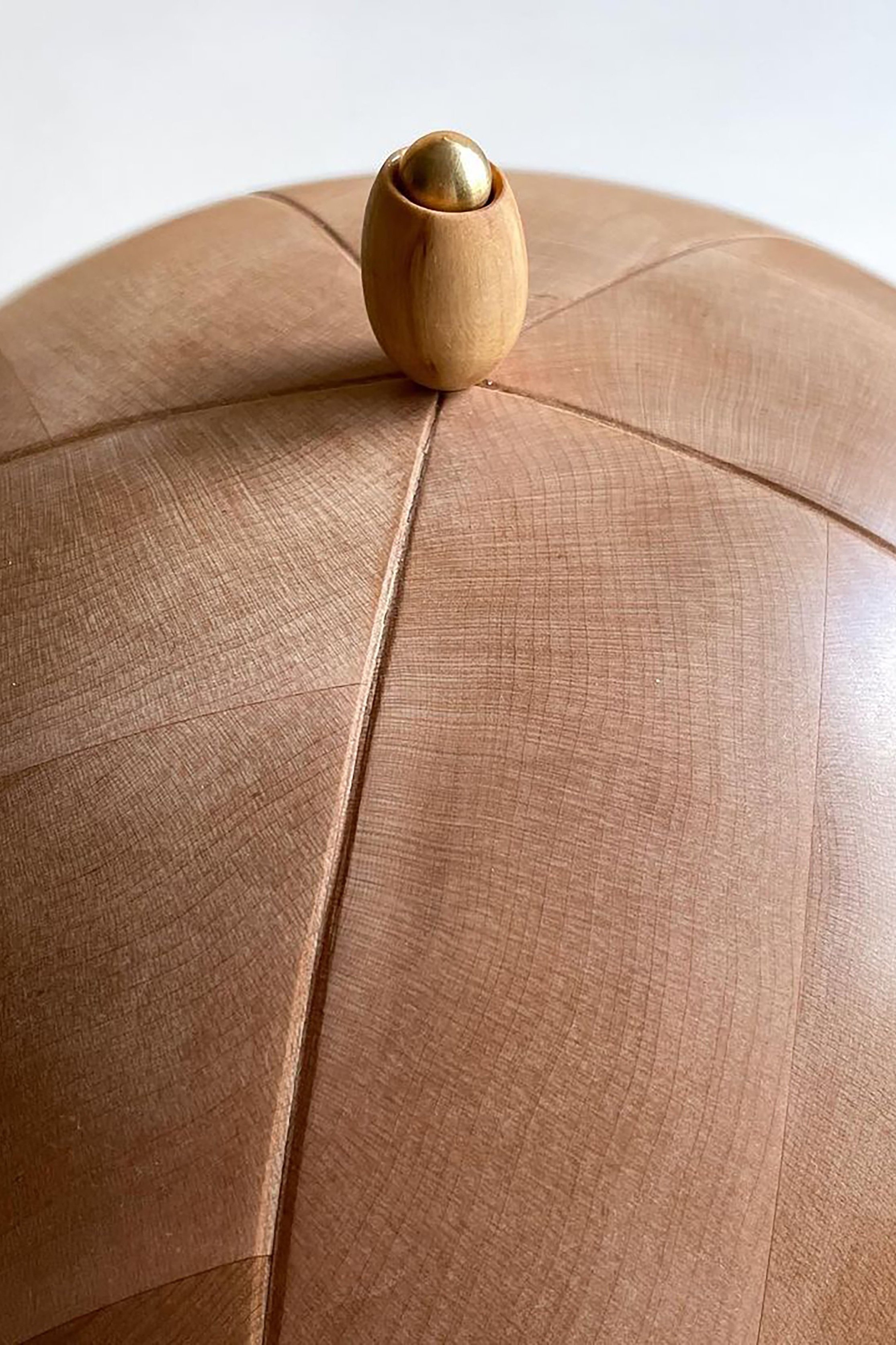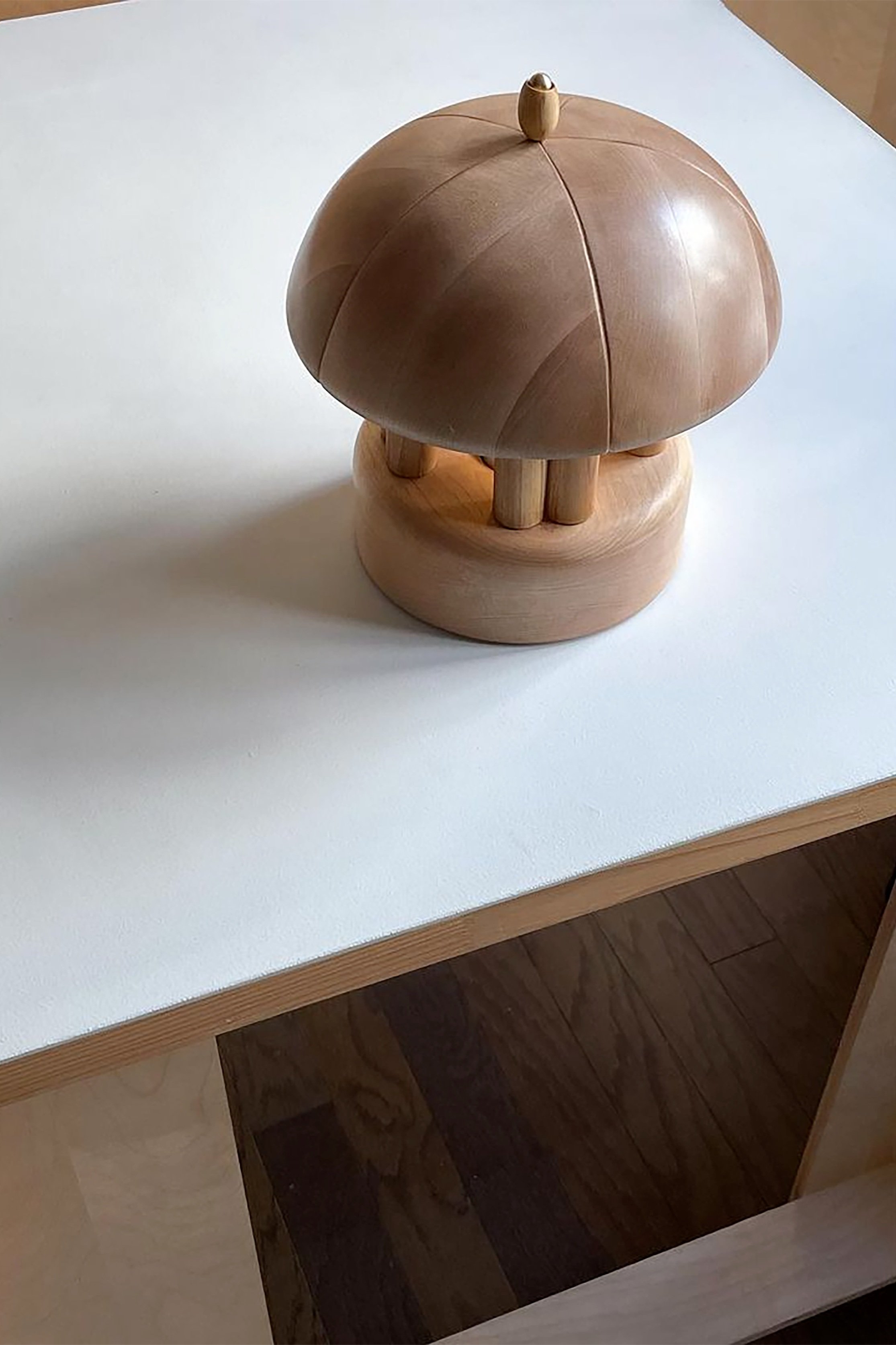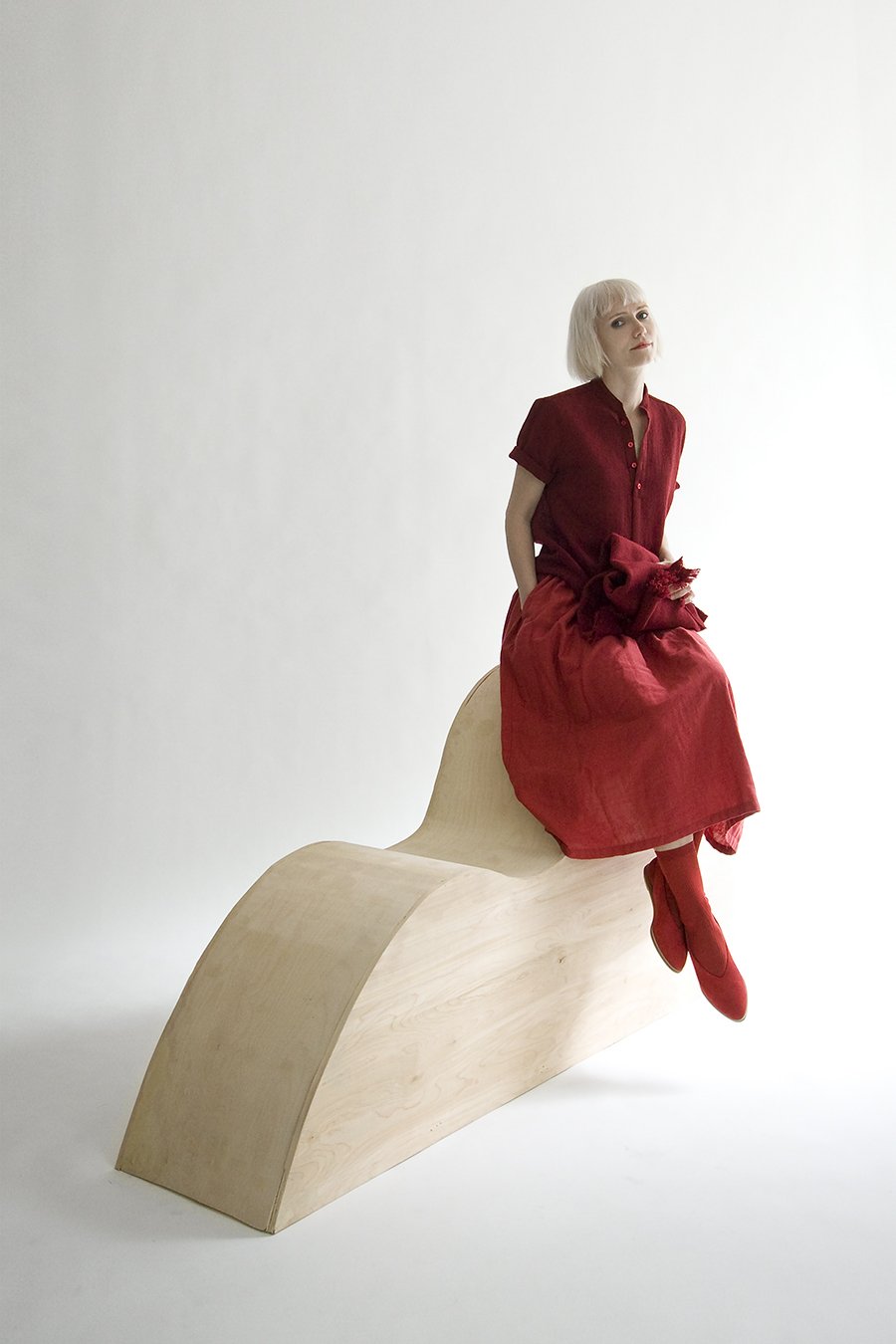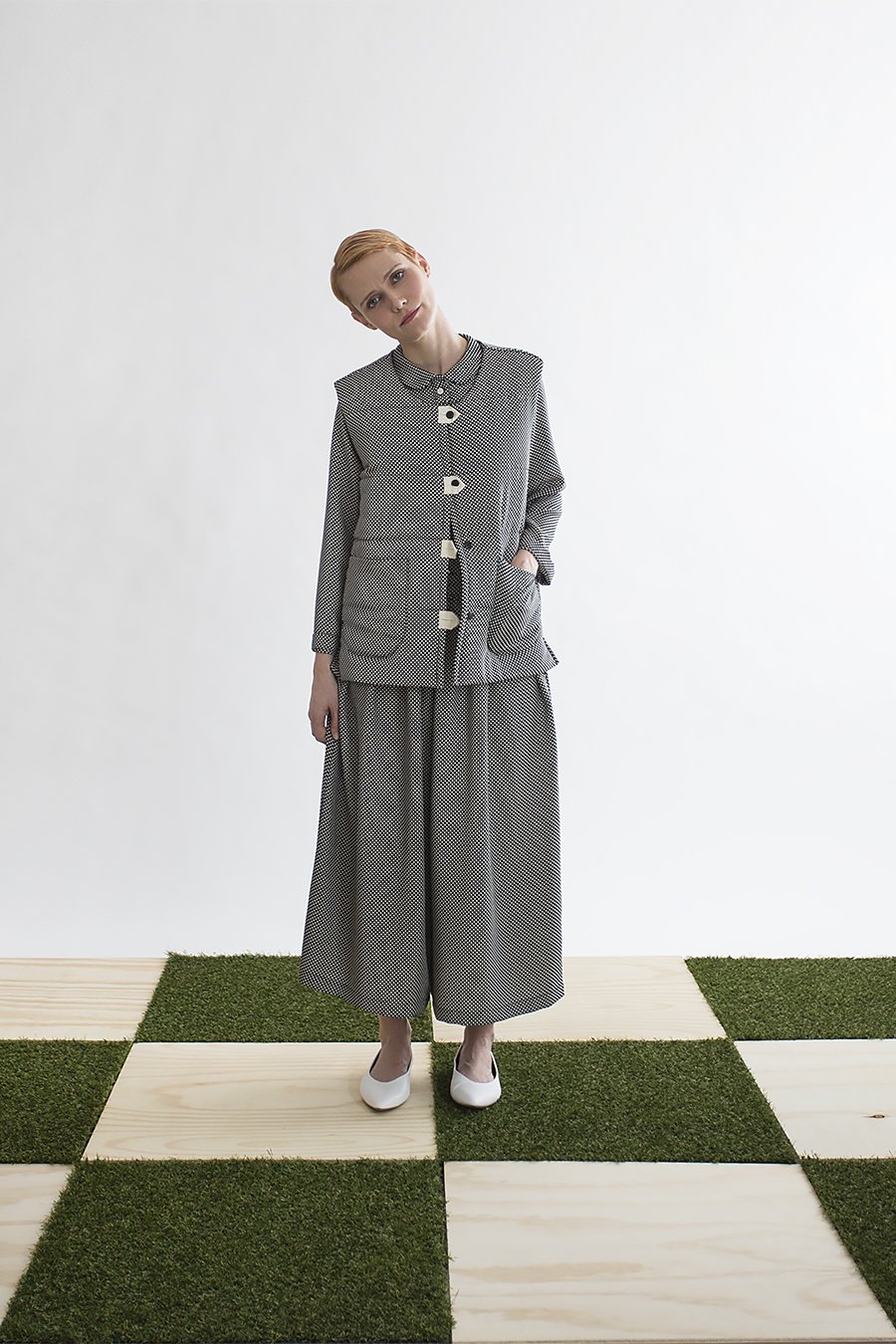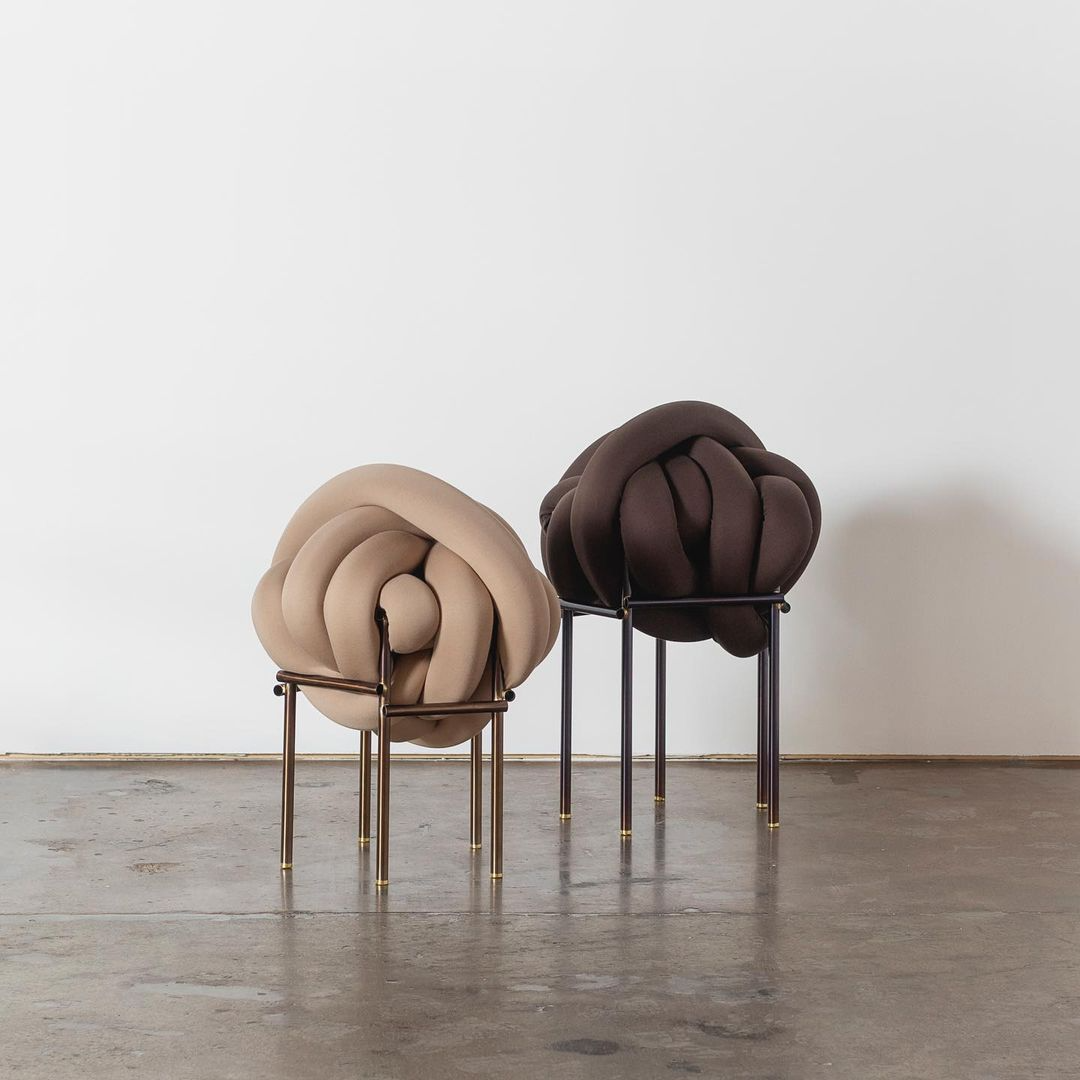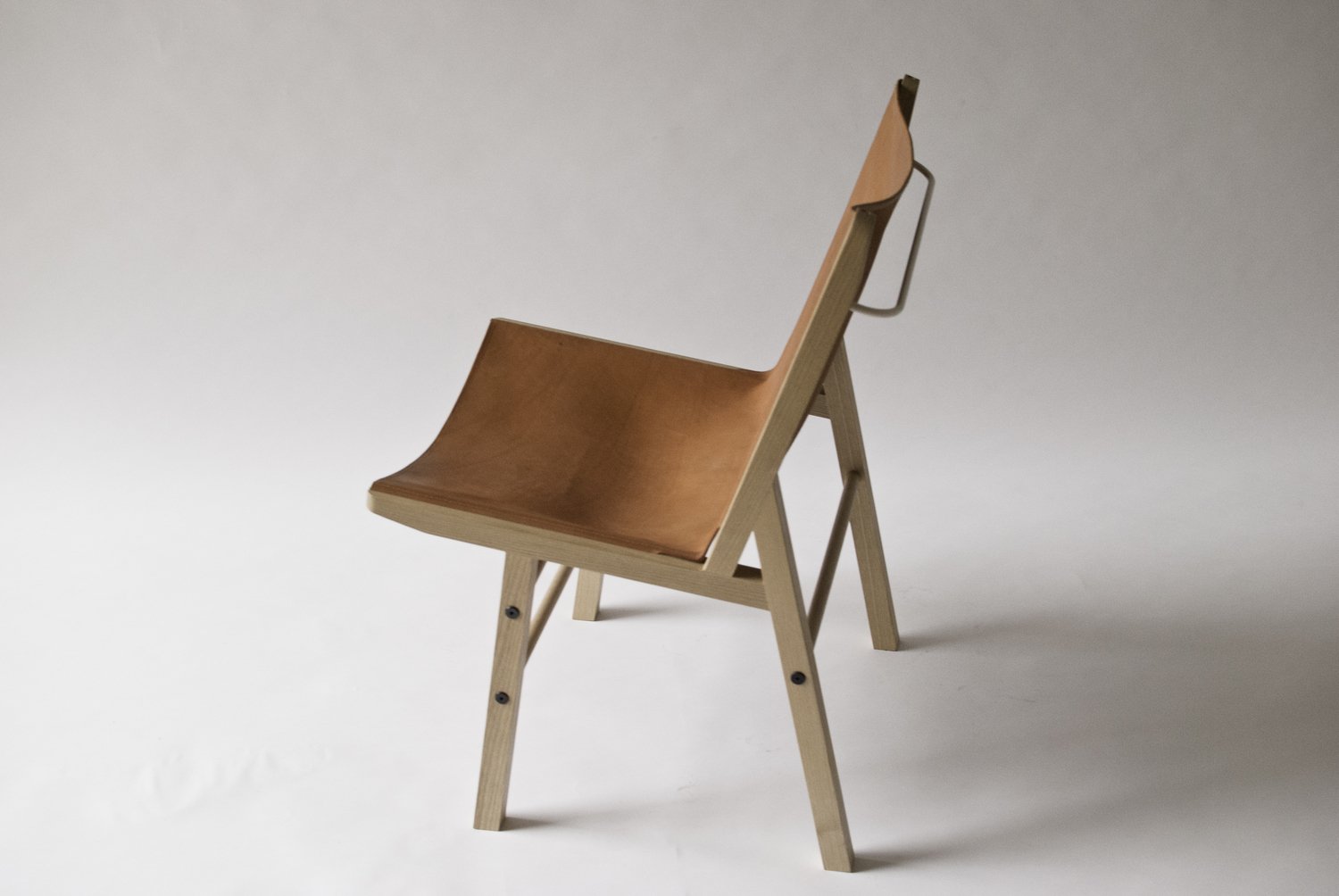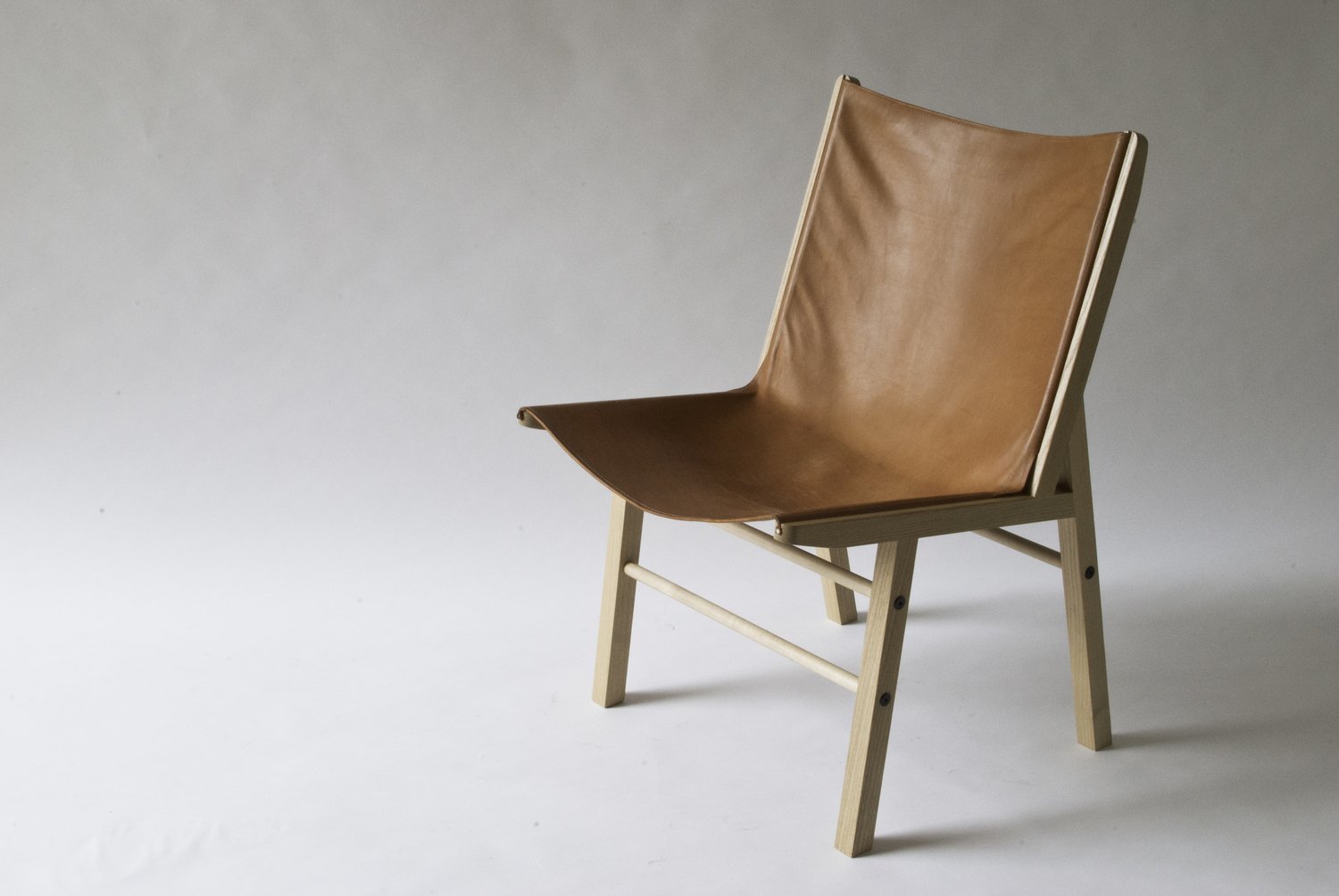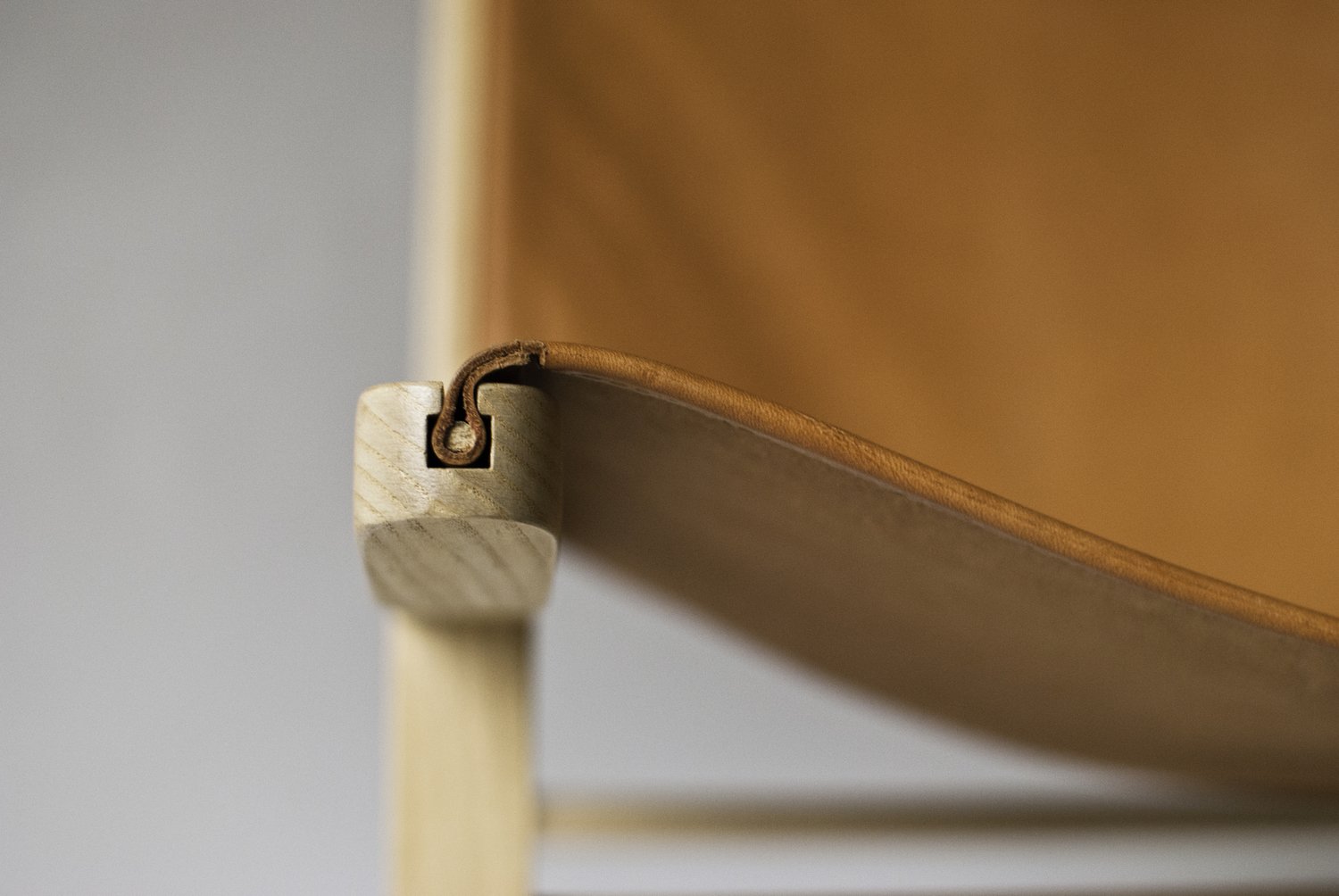Celebrating Creative Women of the AAPI Community
Celebrating creative women of the AAPI Asian American Pacific Islander Community & more.
Join us in celebrating a few of the many creatives women of the AAPI Community. From artists to designers, meet these nine women and their work. Mimi Jung, Airi Isoda, Syrette Lew, Eny Lee Parker, Ayako Aratani, Samantha ‘Sam’ Lee, Nao Tamura, Danielle Chen, and Wonhee Arndt. Thank you to these lovely women for sharing their work and stories with us.
Diversity in design is needed everywhere, as is recognizing all the talented women making an impact through their work. Everyone deserves a voice and time in the limelight; let us honor diverse creatives, always. Here’s to these women, the ones who came before them and the path they are paving.
Eny Lee Parker, photography by Sean Davidson of Architectural Digest for article “Meet The Young Designer Taking Hand-Hewn Ceramics to Queens” written by AD Design Editor, Hannah Martin.
Eny Lee Parker, Brooklyn-based Furniture and Spatial Designer of @enyleeparker & savannah college of art & design Alumna
Eny Lee is a spatial designer focusing on objects, furniture, and lighting, using clay as her main medium. Parker reclaims the essence of making, used in traditional craft from our past – the slowness, the intention, the respect for natural resources, creating contemporary objects that brings awareness to our presence as well as to non-living things.
She started her design studio & practice, Eny Lee Parker LLC. in August 2012 where she is the Owner and Designer. Eny Lee received her undergraduate Bachelor of Fine Arts in Interior Design in 2011 and a Graduate MFA Furniture Design in 2015 from Savannah College of Art and Design, SCAD, in Savannah, Georgia.
“In school, I thought I’d get my masters in furniture. But it was very male-oriented and they were good at working with wood or metal, especially at Savannah College of Art and Design (SCAD). I enjoyed metals but never fell in love with wood. I went to Korea to visit my family and my aunt who is a traditional rotary artist. She rotors with silk and lives in the oldest town in Korea. She took me to a little village with vintage handmade ceramics, where I bought a teapot and fell in love with the material. She decided to find me a class at a little community place when I got back to Georgia, one of those places where kids go. That’s when I became really excited about the material—it was so fun and therapeutic. I had an opportunity to do an art residency even though I didn’t really know much about clay at all.
I ended up pitching ceramics as my main medium for furniture and SCAD accepted it, so I had to make it work. I YouTube’d a lot and asked a lot of questions. The products that came from the residency got attention in the press and on social media, and people started thinking I was a ceramic artist. I was getting project inquiries, so I purchased kilns. Once I had kilns, I had to utilize them. It just became a thing.”
*Surface Magazine article “In Eny Lee Parker's Hands, Clay Has Unlimited Potential” by Nate Storey
Airi Isoda mirror selfie @wrk_shp via Instagram.
Airi Isoda, Los Angeles-based architect & designer of the design studio wrk-shp “Workshop” with her husband Ryan
Prior to her entry into fashion, Airi earned her Bachelors of Architecture and worked for a number of prominent firms in Los Angeles. Her designs are influenced by art & the built environment—she strives to find the connection between architecture and fashion, reflecting on the urban landscapes where the two meet. Having lived in six countries and seven cities, her style translates internationally. She travels often between Tokyo & Los Angeles.
“Los Angeles–based design studio wrk-shp is a “workshop” in the truest sense of the word. For Airi Isoda and Ryan Upton, the wife-husband duo behind it, it’s also a state of mind—a way of collaborating, experimenting, improvising, and, ultimately, making cool stuff that bridges the worlds of architecture, fashion, and everyday objects.”
“As a creative team, wrk-shp is akin to Charles and Ray Eames, whom Isoda and Upton, both 30, cite as inspirations: their cross-disciplinary work springs from the back-and-forth discussions at the heart of the pair’s close design process. What emerges from this collaboration can be understated and edgy at the same time; everyday things wrought with a minimal, no-nonsense aesthetic in materials more commonly associated with buildings or industry. ‘We try to keep things on a basic level. It’s not high tech at all,’ explains Isoda, who is not shy about using concrete, wood, Tyvec, metal, and latex paint for her clothing.”
*Metropolis Magazine studio feature.
Mimi Jung for Architectural Digest article, photography by Emily Berl—emilyberlphoto.com
Mimi Jung, Korean Artist @bymimijung
Mimi Jung's work examines multiple dimensions of self-preservation, particularly as it relates to private and public self-representation, and the ways in which those depictions manifest through social and cultural mores. Her constructed forms, with their voids and translucencies, are fixed but never static; the viewer actively controls the experience of transiting around and through them—reflecting inward on their own behaviors. In the end, Jung’s limning of space is reflexive, visible to those who are predisposed to see it.
Mimi Jung received a BFA from Cooper Union and attended HGK Basel and Städelschule for postgraduate studies. She has mounted exhibitions throughout the United States including Chamber gallery, Nina Johnson gallery, and Carvalho Park gallery. Her work has also been exhibited in Les Gens Heureux in Copenhagen, Collectible in Brussels, Somerset House in London, and the National Gallery of Victoria in Melbourne.
Ayako Aratani, Photography curiosity of Ayako Aratani
Ayako Aratani, Detroit-based Furniture Designer
Ayako Aratani is a furniture designer based in Detroit. Her creations embrace imperfection through the handcraft of artful objects in the home that embody physical and visual comfort. She reimagines functional products as playful individuals with whimsical personalities that live their own lives side by side with us. Finding the value in irregularity and distortions, Ayako engages with materials and fabrication processes that allow each piece to evoke a feeling of welcome, familiarity, and harmony in the home.
Aratani was born and raised in Japan where she studied product design at Chiba University, graduating in 2007 with a Bachelor of Engineering. In 2016 she received her Master of Fine Arts at Cranbrook Academy of Art in the 3D design department. Her work has been awarded the UNESCO Design City World Wide Things Collection in 2019, the 1 of 100 selections by Designlines Magazine in 2017 for a clock, the iF Design Award in 2015 for a table currently manufactured by Okamura, and the 2014 Bronze Prize MUJI International Design Award for children’s stationery.
Past exhibitions are a solo show as a duo of Aratani Fay at Salon Gallery in Boston, a group exhibition Never Normal at Wasserman Project Gallery in Detroit, a selected group exhibition at Duke Hall Gallery of Fine Art at James Madison University in Harrisonburg, Virginia, Architectural Design Digest Show in NYC, Salone Satellite in Milan, Collective Design in NYC, Interior Design Show in Toronto.
Photography of Sam Lee by Jared Byrd @byrdfortysix
Samantha ‘Sam’ Lee, Ceramicist & illustrator @samleehello
Samantha Lee is a San Francisco pen and ink illustrator. Her subject matter is based around the evolving idea of discovery with each piece pulling inspiration from the mundane to the magnificent.
Each subject presents itself with a sense of self-discovery and quiet moments lost in time. These procurements parallel her own self-discovery through the act of creating and mastering her craft. The pieces are not planned out, they are drawn on a whim and section by section. Pencils are never involved. Her eye for proportion and texture are the key elements to her great work.
Nao Tamura, Photography by Collin Hughes, Public Relations of Mercedes-Benz in Harmony article “In Harmony” by Silvia Ihring
Nao Tamura, JAPANESE New York City-based Industrial Designer @nownao & naotamura.com
Nao Tamura is a designer in the most modern terms. Her talents cross over cultures, languages, disciplines, concepts, and styles with smart thinking always at the heart of her work. She is truly global in her insights and execution.
As a product of Tokyo and New York City creative communities, her solutions are equally at ease in the world of 2D and 3D with an uncanny ability to find that emotional connection with the audience. Nao defies the kind of categorization that the industry status-quo often insists upon. Her unique solutions are more than design and possess a rare balance of innovation and beauty.
“I try to strike a balance between the kind of work I take on. Sometimes I design electronic devices for large companies. This work is important because it provides me with a regular income. It also involves designing products that people need, and as a designer, you want your designs to be used. Other times, though, I like to design beautiful, precious objects that give me visibility.”
“Working in a consistently sustainable manner is a formidable challenge. You should scrutinise yourself, the world, and your client, especially if you are a creative. I occasionally design mass-produced electronic devices such as smartphones and cameras. After a while, I’ll say to myself, “Stop, what are you doing?” And then I’ll seek out a project that reminds both me and the public how important it is to slow down now and then. When I’m designing something, I think less about shapes and colours and more about the stories and messages I want to share. That’s why nature inspires me so much: it reminds me of my responsibility.”
*Mercedes-Benz Harmony article by Silvia Ihring.
Syrette Lew, PHOTOGRAPHED by Erica Gannett for Refinery29 “This Studio Will Inspire A Home Makeover” article written by Chloe Daley
Syrette Lew, Brooklyn-based Designer & founder of Moving Mountains design studio @mvngmtns
MOVING MOUNTAINS is a Brooklyn based design studio founded by Syrette Lew. Committed to working with regional craftsmen and fabricators, the studio shifts freely between materials, styles and genres to produce distinctive furniture with a recent focus on upholstered seating.
Careful consideration is equally given to aesthetics and functionality, employing methods of fine craftsmanship to cultivate high quality in every piece. In addition to its own collections, the studio also collaborates with select clients to produce unique and one-off commissions for special projects. Their work has been featured in numerous publications such as Architectural Digest, Dwell, Elle Decor, Metropolis, T: The New York Times Style Magazine, and Wallpaper*.
Having been born and raised in Hawaii, the name Moving Mountains is a reference to the designer's home state and the archipelago created as the Pacific Plate moves northwestward over a volcanic hotspot.
Danielle Chen, Photography provided by Danielle Chen + Listen to Danielle’s beautifully curated Push & Play podcast at Spotify and other sources.
Danielle Chen, is a design advocate and Interaction designer at huge Inc. In Brooklyn, NY, previously based in PHILADELPHIA.
Danielle Chen is a product designer and play advocate who is passionate about raising awareness and creating more positive impact through elements of play. She explores new ways to cultivate meaningful and delightful user experiences in toys, games, healthcare, education, finance, and the many other areas where users could benefit from a bit more play.
Danielle’s project below is a celebration of culture and its a joyful yet poignant call to action for people to celebrate one another's cultures and engage in meaningful discourse.
”American culture is often referred to as a melting pot. Many people push back on that metaphor because it forces each individual and their culture to assimilate into one whole. This assimilation often forces folks to abandon pieces of themselves and their culture in order to fit in. Those who push back on this idea will instead describe American culture as a salad bowl. Where each piece exists independently and contributes to the experience of the whole.
We hope that American society aspires to become like a hot pot. Hot pot is a popular meal where people gather to enjoy a variety of ingredients cooked in a boiling broth shared in the center of the table. Hot pot creates a welcoming environment where conversation can flow easily, and where people are able to participate in a shared experience while maintaining their own preferences. Where all of the ingredients exist independently, take on flavor from the broth, and also contribute flavor to the broth. Each element contributes to the whole and is also improved by it. Also, hot pot is delicious.
We aspire to create messaging where we encourage folks from various cultural backgrounds to bring all the pieces of ourselves and celebrate with one another. By carrying and/or wearing the accessories and clothing represented above, we hope to see everyone embrace their cultures proud and loud and engage in some meaningful and captivating conversations.”
Wonhee Ardnt, working on the Studio gorm Google Span 2020 project.
Wonhee Arndt, Co-founder, Studio Gorm & Assistant Professor, University of Oregon Department of Product Design
Studio gorm is design office founded in 2007 by John Arndt and Wonhee Arndt. They design products, furniture, lighting, interiors, and exhibitions. They work for a variety of international clients. Their designs are informed by their speculative academic research which explores culture, history, and technology and how objects and ideas evolve to fit the needs of modern life. While they work as designers of functional objects they have backgrounds in sculpture and craft which strongly inform their work.
Their methods are rooted in physical making where objects evolve out of an experimental, constructive approach to design. Their products are simple, practical, thoughtful, and approachable forms designed for everyday life. Their office is based in Eugene, Oregon where they are both professors in the Product Design Department at the University of Oregon.
“Wonhee’s work has been internationally exhibited in Germany, Italy, Korea, as well as USA.Wonhee has won international design awards such as the Red Dot Design Concept Award and International Design Excellence Award Silver medal. Wonhee received her Masters of Design degree, IM Masters from the Design Academy Eindhoven, the Netherlands in 2006; and her Bachelor of Fine Arts in Sculpture in 2002 from Kookmin University in Seoul, Korea.” *University of Oregon, School of Art + Design Bio.







